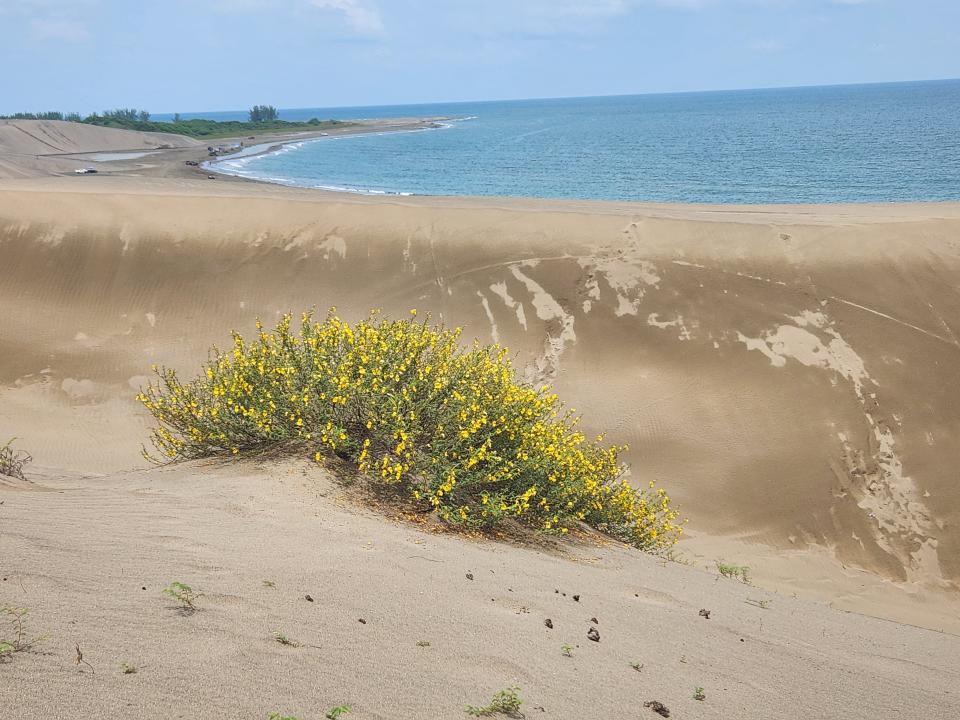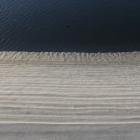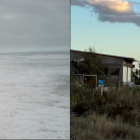Sand Lovers

Chamaecrista chamaecristoides (sand lentil), a sand-loving plant.
Chamaecrista chamaecristoides (sand lentil), a sand-loving plant.
Photograph by M. Luisa Martínez
 This work is licensed under a Creative Commons Attribution 4.0 International License.
This work is licensed under a Creative Commons Attribution 4.0 International License.
Sea, sand, and sun tourism has become increasingly popular over the last decades. Coastal tourism drives millions of visitors to the sandy coasts and generates millionaire earnings. But before humans, a specific group of plants colonized the coastal dunes, which, besides being beautiful, represent a very harsh environment for the flora and fauna, with extreme temperatures, drought, shifting sand, and limited availability of nutrients. Worldwide, an interesting group of plants, with varying evolutionary histories, has developed adaptations to thrive and successfully live in mobile coastal dunes. They are known as “psammophilous” plants. The term comes from the Greek psammos (sand) and philos (love). Literally, then, they are sand-loving plants. These plants come in different growth forms (herbs, grasses, shrubs, and even trees) and belong to several plant families: legumes, grasses, composites, and euphorbiaceae among others.
The image shows Chamaecrista chamaecristoides (sand lentil), a sand-loving plant endemic to Mexico. It is one of the first mobile dune colonizers, mostly abundant on the mobile coastal dunes of the Gulf of Mexico. A combination of attributes makes the sand lentil a superb psammophilous plant. The flat-shaped squared seeds are not buried by the shifting sand; instead, they move on the sand surface with the blowing wind. They are efficient sand surfers. These seeds are known as hard-coated, which means that they need an external stimulus to germinate. In the case of the sand lentil, fluctuating temperatures (which occur on the sand surface) can break the dormancy. The juvenile and adult plants are equally tolerant to the coastal dune environment. The roots are a nutrient factory, thanks to the association with nitrogen-fixing bacteria and microscopic fungi that help retain phosphorous and water. When buried by sand, this photsynthetic machinery is stimulated and the plants grow better and faster.

















